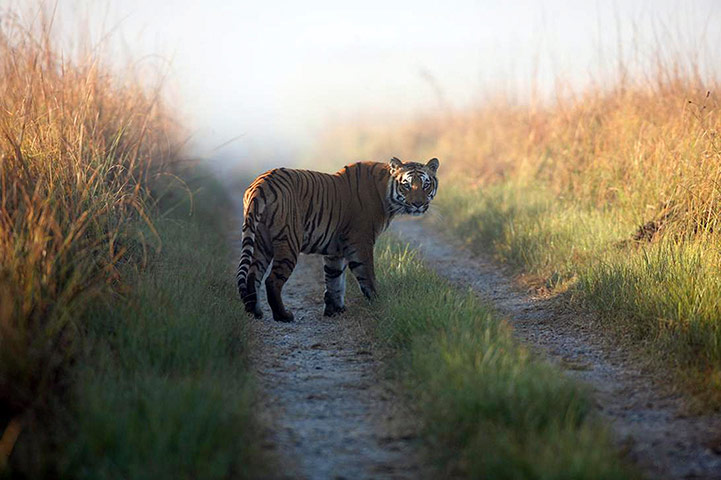TOP STORIES
Bat killer hits endangered grays
Federal scientists confirmed the fungal epidemic has struck a second species of endangered American bats
The news on white-nose syndrome just keeps spiraling downward. The fungal infection, which first emerged six years ago, was reported May 29 in a seventh species of North American bats — the largely cave-dwelling grays (Myotis grisecens). The latest victims were identified while hibernating this past winter in two Tennessee counties.
Science News - www.sciencenews.org
29 May 2012
J Raloff
Location: Tennessee, USA - Map It 
More Bat News
>>> Results from survey testing Fla. bat health released
>>> Chemical Fingerprinting Tracks the Travels of Little Brown Bats [Cited Ecological Applications Journal article HERE]
>>> Chemical Fingerprinting Tracks the Travels of Little Brown Bats [Cited Ecological Applications Journal article HERE]
Austria ignores widespread bird deaths
Austrian officials say they have no plans to act and are not even monitoring the situation after thousands of dead birds were reported across the country apparently as a result of infection by trichomonosis.
In the United Kingdom the widespread deaths of birds resulted in an information campaign and a request for members of the public to inform the Garden Bird Health Initiative about possible deaths of birds from the disease.
But in Austria the only reason the problem is even been mentioned briefly in the news is because an animal rights campaigner from Upper Austria commissioned the Vienna veterinary University to look at why she had managed to find 64 dead birds on her 17,000 metre property at Hartkirchen in Eferding.
Vienna Times - www.viennatimes.at
27 May 2012
Location: Hartkirchen, Austria - Map It 
In Wild Animals, Charting the Pathways of Disease
....Peering into the nostrils of wild sheep is part of the nascent field of eco-immunology, which seeks both to understand the immune systems of wild animals and to use that knowledge to gain a better understanding of human immune systems. Until recently, this kind of knowledge has been gleaned almost exclusively by studying pampered, genetically similar lab animals, which don’t reflect a real-world scenario.
Eco-immunology works to understand how disease spreads in wildlife populations — the bighorn sheep are in trouble because of pneumonia that spread from domestic sheep — and how it can be worsened by human and environmental factors like climate change. Another major goal is to understand the pathways that deadly diseases can follow from wildlife to humans.
The New York Times - www.nytimes.com
28 May 2012
J Robbins
More News on the Benefits of Understanding Wildlife Disease
OTHER WILDLIFE HEALTH RELATED NEWS
Photo courtesy of The Guardian feature, The Week in Wildlife- Drunk birds had one-too-many berries to blame [Cited Journal of Ornithology article HERE]
- Chronic wasting disease found in a red deer from North Oaks farm herd [Ramsey Co., Minnesota, USA - Map It
 ]
]
- Dolphin found dead at Rehoboth Beach: Seven strandings so far this year; amount high but not unusual [ Rehoboth Beach, Delaware, USA - Map It
 ]
]
- FAO Statement on World Migratory Bird Day- Importance of Migratory Birds [Courtesy of the Australian Wildlife Health Network]
- Bringing Science and Collaboration into Wildlife Health Management [International Wildlife Rehabilitation Council announcement]
- Early emergence of West Nile causes concern [Pennsylvania, USA]
- Senators want animal disease off security list [Bovine brucellosis]
Fish Die-off News
- DNR reports fish kill on Lake Delton [Columnaris][Lake Delton, Wisconsin, USA - Map It
 ]
]
- More Dead Fish in Ogeechee River [ Georgia, USA - Map It
 ]
]
- Steuben County Lake Recovers After Deadly Fish [Largemouth bass virus] [ Johnson Lake, Indiana, USA - Map It
 ]
]
Huh?! That's Interesting
Ancient walking mystery deepens







No comments:
Post a Comment